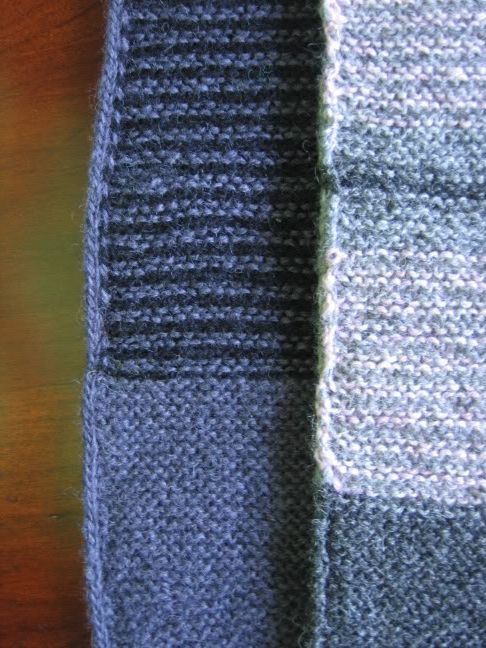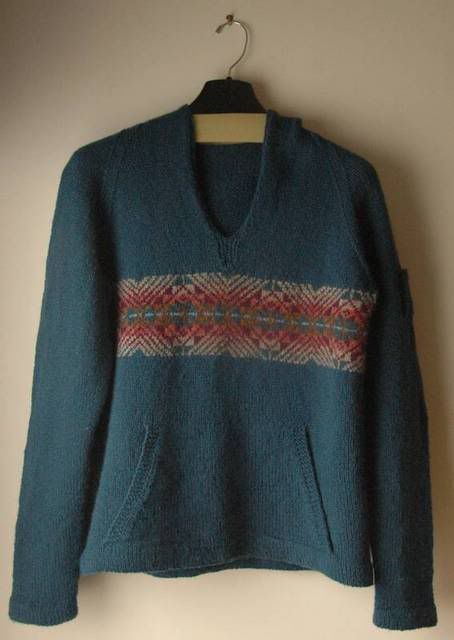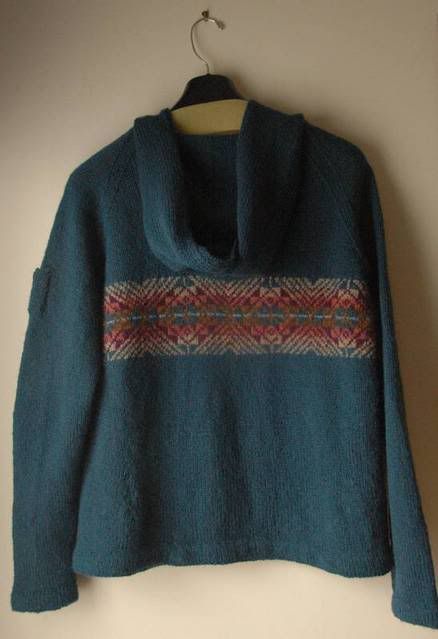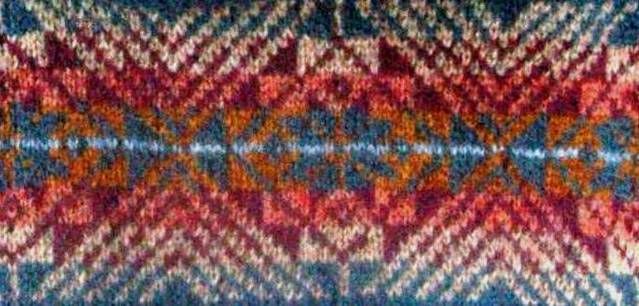Several of you had some questions about Ballerina, so we will attempt to enlighten and clarify:
From Susan to Judi P in Cleveland : I love my Ballerina and wear it frequently — sans button! I suffer from “lack of waist” syndrome so I wear it over a jumper. It never slips off my shoulders, never needs adjustment. When I went on the Shop Hop three weeks ago, Rosanne was one of my travelling peeps and she wore her Ballerina — it’s exactly like the one Sally is knitting. She never tugged or pulled, and it looked fantastic with black slacks and black turtleneck — she also wore a stunning necklace. Sally started hers at this time because I described how great Rosanne looked wearing hers. So, there are a couple of real life testimonials!
Check out this source for great pricing on Ballerina:
Cucumberpatch
Warning!! Hanne just introduced a new design that looks like a cross between Sunrise Circle and Mermaid called Gloria — quite cute (Cucumberpatch for Gloria).
From Sally: Several people have asked me about the basting along the bottom of my Ballerina:

It’s not basting. I’m marking the ridges where I’ve made increases with a contrasting piece of yarn. Ballerina is short in the front, and it gets longer as you work your way around to the back. You start knitting with the left front. I’ve marked each ridge where I’ve made an increase so that when I start decreasing as I work towards the right front, I can decrease on the same ridges. In other words, it’s an easy way for me to try to make each half of Ballerina identical. I use the same method for marking increases on sleeves or increases/decreases for waist shaping.
Susan uses the same method. She described it here. Basically, when you get to an increase row, you “lay” a different colored yarn over the running thread between two stitches. Then you knit, which traps this yarn in place. It’s quick and easy and, if you forget to lay the yarn across the running thread until you are halfway through the row, you can pull it through with a crochet hook on the next (WS) row. When the garment is finished, you just pull it out.Â
Another question was whether one wraps for the short rows. That’s a little more complicated. Falkenberg’s directions tell you to do a yarnover, rather than a wrap, for short rows. You knit to the turning point. (Remember, you are knitting garter stitch.) You turn. Instead of putting the yarn to the back, if you just knit the next stitch you create a yarnover. When you activate the stitches, you knit that yarnover with the following stitch and all is well.
BUT: I have found that other methods are sometimes prettier and you just need to experiment. For example, when I did the sleeve increases, I did nothing at all. No wrap, no yarnover. Why? Well, when you first knit the new stitches (to increase the number of sleeve stitches),* you are knitting on the wrong side. When you activate them, you are knitting on the right side. When I did these short rows using Falkenberg’s yarnover method, it just didn’t look right because the YO shows on the RS. It looked better doing nothing. (I have found this to be true in general with seed stitch as well as garter.) On the other hand, when you are activating stitches on the right side of the fabric, Falkenberg’s method looks great.
With the black yarn I’m using, you could use Falkenberg’s method and it would work; I just liked my method better, at least for the sleeves.  From Susan: I used Hanne’s method on my sleeves and did not like it for the reasons that Sally describes. But it does look okay when you activate the sts from the RS.
From Susan: Another good method for garter stitch short rows is to wrap the stitch as usual for short rows but don’t pick up the wrap when you come back and activate the sts. The wrap mimics the look of a garter stitch ridge perfectly.
*I had placed all of the sleeve stitches on a needle first through a provisional cast on and then added them in; I was not following Falkenberg’s directions.)
PS to Marina: I do not expect to knit Gloria: I already made both Sunrise and Mermaid, so I do not feel compelled (at least for the time being) to make Gloria! But who knows??? 



















































